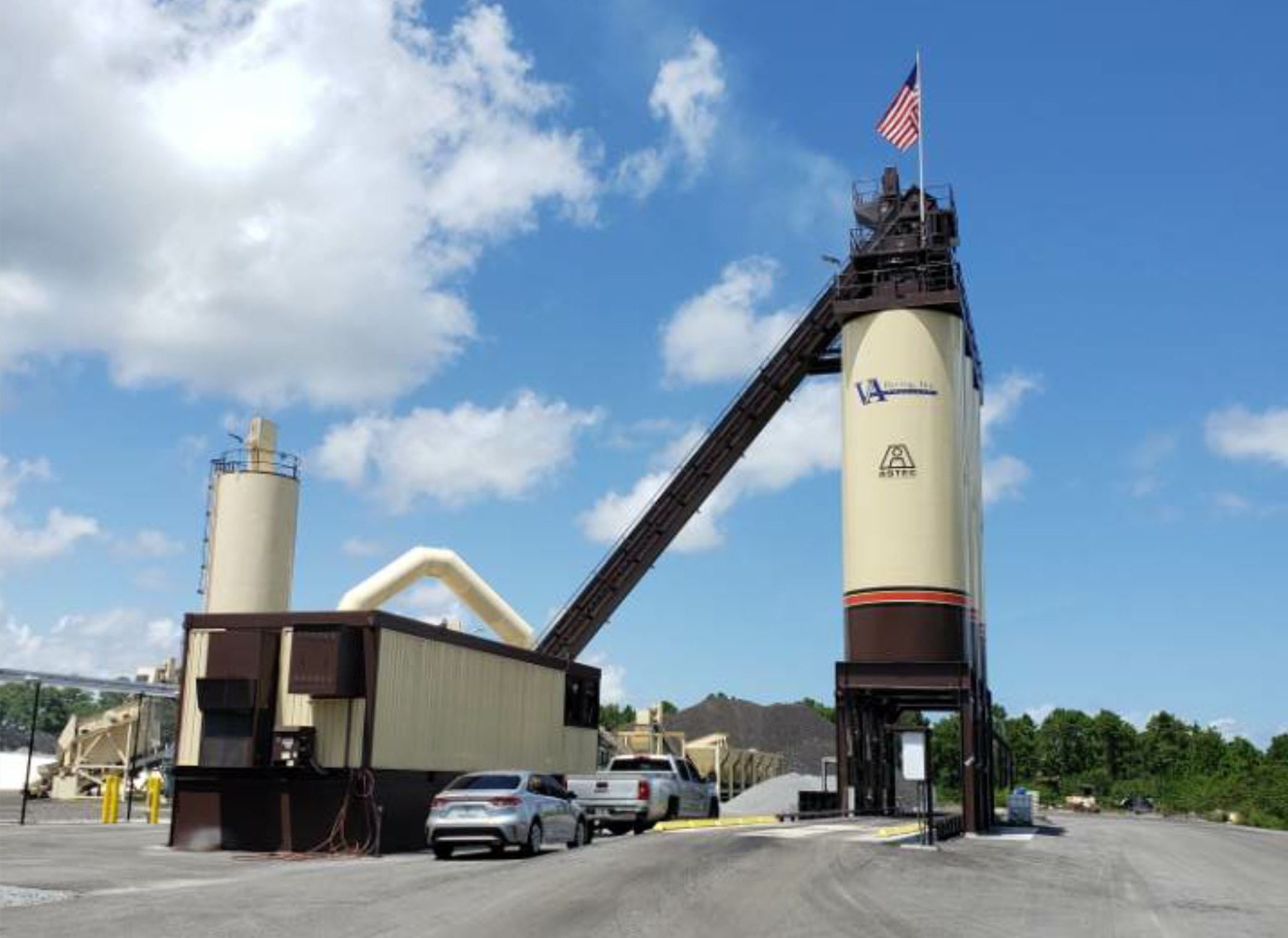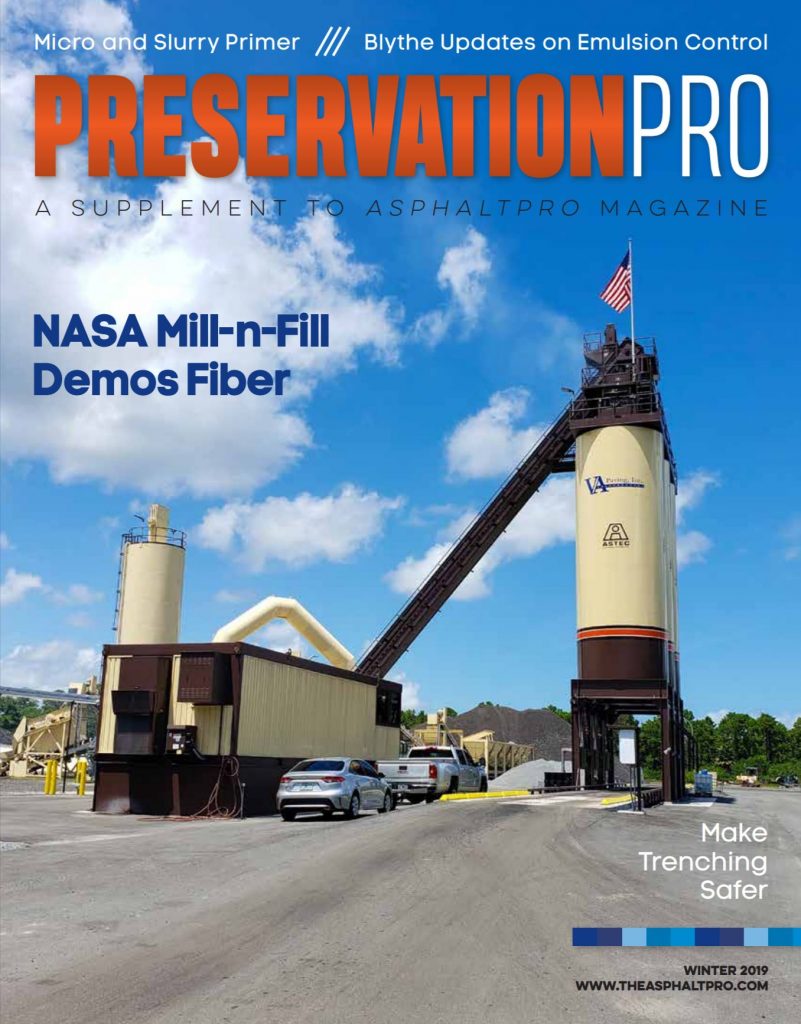Here’s Why Cold Practices Are Hot Right Now
BY ARRA’s Eric Baker

As I mentioned in the Summer Preservation Pro, some state agencies are still reluctant to allow high reclaimed asphalt pavement (RAP) contents the closer we get to the surface of the pavement. If you think about it, we’re removing the asphalt at 100 percent right now and putting it back at up to 30 percent on the high end. The other 70 percent waits at the yard for use in another mix. By generating more RAP than we can put back into the mix, we’re creating stockpiles of RAP. Industry is responding with cold in-place recycling (CIR) methods.
The Asphalt Recycling and Reclaiming Association (ARRA) represents multiple disciplines, including the CIR methods currently growing in popularity.

The Fall issue of Preservation Pro, a supplement of AsphaltPro Magazine, appeared alongside the October issue of AsphaltPro Magazine.
As a side note, cold central plant recycling (CCPR) seems to be growing in popularity as well. With this method, the contractor doesn’t have to heat any material, and the method lets you use 100 percent of the removed pavement at a central location. Another advantage to CCPR is it opens the agency up to more flexibility in project options. For example, you can peel the roof off the road, fix the road underneath with something like full depth reclamation, and put the CCPR back all from one location. Then put an overlay on top of the newly created and strengthened course.
Part of the reason for the growth we’re seeing in CIR is its range of depth. It’s more of a preservation process. Due to funding shortfalls on a national level, we’ve neglected our roads’ maintenance and preservation, so CIR and full depth reclamation are options agencies need in order to get down to the problems in a pavement system without resorting to an expensive reconstruction. This speaks to the budget benefits of CIR. Then, the preserved system can be overlaid with a hot-mix or warm-mix asphalt or sealed with a chip seal, depending on what agencies have the budget for.
In an ideal world, my favorite cold process for agencies to use would be the multi-unit train to ensure they achieve proper gradation. The multi-unit process makes CIR much more controlled. Now, that’s kind of the Cadillac of processes, more suited to large projects with multiple lane miles to correct and preserve. The smaller, single-unit recyclers may require a more skilled crew and operators, but they offer more flexibility in project size and are therefore the market that is growing the fastest right now.
Eric Baker is the 2019-2020 ARRA president. He has been at Roadtec Inc., Chattanooga, for 15 years working in different roles in the marketing and sales department covering all product lines. Some of his duties include managing sales, training, product management and product development. For ARRA, he previously served as the Cold Planing Technical Subcommittee chair as well a on the board of directors. For the National Asphalt Pavement Association, he currently serves on the Associate Member Council as well as the World of Asphalt committee. Baker attended Iowa State University and has his Bachelor of Science in computer engineering. He has three kids with his beautiful wife Courtney and lives in Chattanooga.
